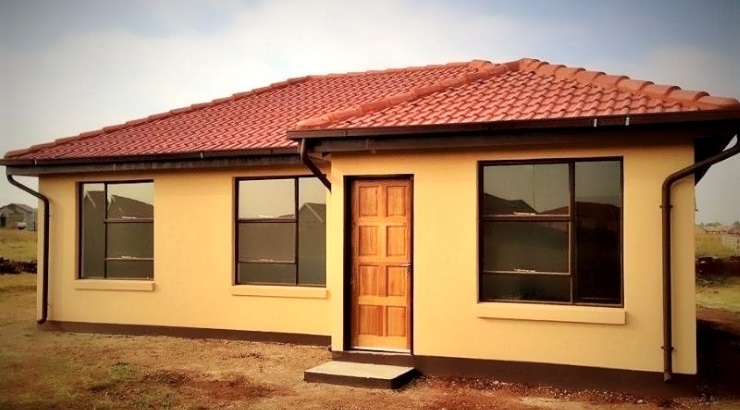Self Building
Building a House in Phases
This is a slow but sure route to debt-free home ownership.

Building a house in phases is a slow but sure route to homeownership. It involves spacing out work to allow the construction of a house paycheck by paycheck – without taking expensive loans.
However, building a house in stages requires some skills to avoid running out of money during critical stages of construction. Here is how to build a house in phases:
How to Build a House in Stages
1. Initial Groundwork
Before anything else, gather all your ideas and then hire an architect to draw your house plan. Alternatively, you can acquire ready-made house plans from online vendors.
Once the plans are ready, it is important to obtain a Bill of Quantities (‘BQ’). This is prepared by a quantity surveyor and it provides a breakdown of materials and costs for a project.
If you can’t hire a quantity surveyor, you may request a cost breakdown from your contractor. This will help you gauge whether you are ready to meet the monetary requirements for each stage of the project.
2. Breakdown the Budget
This is a very critical stage for anyone looking at building a house in stages. It gives you a rough idea of the amount you need to complete every stage of construction. It also gives you an idea of the number of months you need to raise enough money to complete your project.
Remember, you do not want to run out of money when you are halfway done with your roofing, for example, since wooden trusses are prone to decay when left out in the rain.
Although budgets vary from project to project, below is a general cost estimate per component:
- Substructure – which includes foundations and slab: 25%
- Superstructure – which includes the mainframe and walls: 13%
- Roofing system – which includes trusses and other materials: 15%
- Access control system – which includes doors, windows, and other security measures: 11%
- Finishing– which includes plastering, tiling, painting, etc: 21%
- Interior fittings – which include closets, cabinets, kitchens, etc: 4%
- Plumbing fixings – which include showers, sinks, taps, flushing toilets, etc: 5%
- Electrical installations – which include sockets, switches, wiring, etc: 6%
3. Get Down to Work
Once you finalise your cost estimates, it is now time to get down to business. Many individuals building a house in phases suggest that you should handle one task at a time to avoid running out of money and leaving two halfway done components.
For example, you should not install your roof while fixing the windows and doors. It is better to postpone the installation of your doors and windows, rather than working on both and running out of funds and leaving your trusses half exposed to the rains.
It is also advisable to complete the frame of your house, and to install the roof, as quickly as possible to shield the upcoming house from harsh elements of weather.
Safety Measures
Construction sites are vulnerable to burglary and you must therefore put in place strong storage facilities to keep your materials and tools.
As a precaution, do not install anything that can be removed from your building before the site is secured. All plumbing and electrical installations should only take place when the building has doors and windows.
It is also important to secure the site with a perimeter wall, even a temporary one, to ward off criminals and marijuana smokers who like to hide in unfinished buildings.














